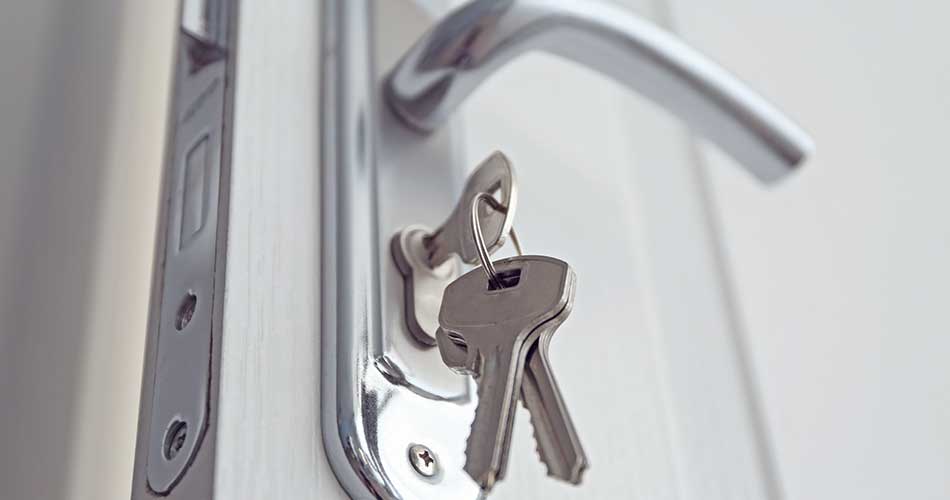By Iain Aitch
In the days when all we had was a simple Yale or Chubb lock to choose from, window lock care and maintenance was simple and even largely non-existent. A spot of oil or even that strange trick of running a pencil up and down your key worked a treat. Job done. But we now have more locks around our homes, as well as far more complex locking systems for our doors.
Look at your home now and it is likely that you have a dozen or so locks securing the front door, patio door, back door, windows, and skylights. Left unused (as some window locks always are) or unmaintained, these locks will eventually seize up and stop working without proper lock care. Others that are well-used may start to stiffen, stick or cease working altogether, which is concerning when they are your main way in and out of the house or your escape exit in the case of emergency.
Lock care
No one wants to come home and put their key in the front door while having to cross their fingers that the lock works as it is supposed to. Yet we often ignore lock maintenance or problems that are developing with them, as it is something of a specialist job to put right.
Lock care and maintenance tips
The first thing you should do is to always keep your locks, keyholes and strike plates clean. A little elbow grease and a lint-free cloth should do the job. You don’t want to introduce any fibres to the lock, so don’t use that worn out yellow duster. Flip the lock in and out, cleaning it in both settings. Open up the door and give all the levers a clean on your multi-point locking mechanism. Clean the frame and around the door too. A clean door or window is always the best home for your locks. Damp, dirt and mold can easily build up in crevices and stop your lock from working. But do avoid the soap and water on this occasion. A wet lock is a lock on its way to rusting or jamming.
The most obvious fix for any lock is to spray a little WD40 or a similar oil into the keyhole and let that faithful standby do its work. And work it will, although many security experts will be quietly horrified if they see you doing it. Lubricating the lock with oil will make it work like a dream for a while, but you could be storing up problems for the future. You will inevitably have to oil the lock again and each time you do, you could be adding to the problems, as any oil or grease will also attract and stick dirt that can gum up the locking mechanism. It is a good emergency fix if your lock is jammed solid, but don’t use it more than once, avoiding it altogether if you can. Keeping up with your window lock care will go a long way in providing security for your home and valuables.
Door lock maintenance
The secret ingredient that most locksmiths, window fitters, and door experts use around locks is graphite in spray form. Just like the pencil you rubbed on your Yale key to make it work, or the one you rubbed up and down the zipper on an old jacket, the graphite spray works as a lubricant yet it does not attract or stick dirt to the moving parts of your locking mechanism.
Graphite spray is inexpensive, but it’s not always stocked by DIY chains. You may be better off looking online or in a local shop that sells car or motorbike accessories. Graphite spray is used by motorcyclists to keep their ignition locks in top condition and usually comes in a bottle with a nozzle that will squirt the grey spray into the smallest of locks.
Simply give it a good spray and wipe away any excess. You may have to go back and give your lock, door or window frame a second clean later, as some spray may leak out from the mechanism later on. But you will then have clean locks that move like they should.

